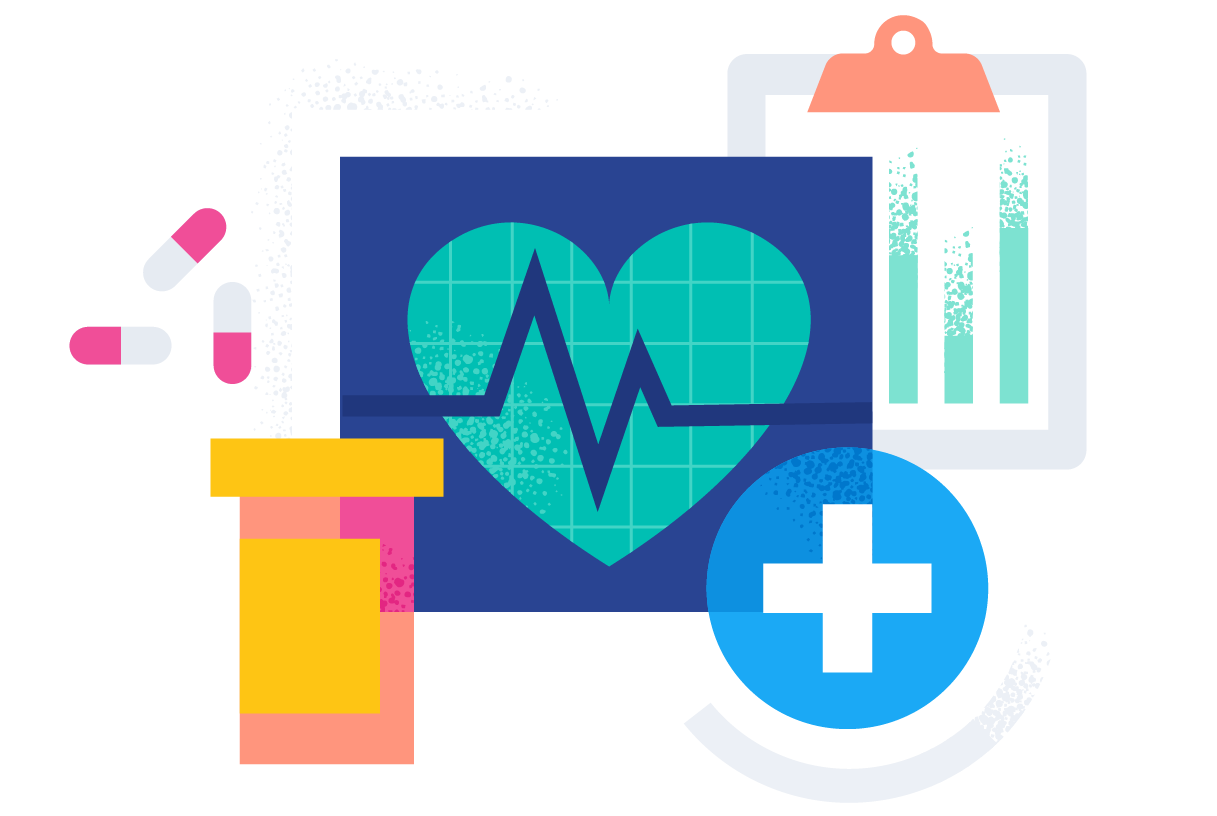Just How to Carry Out Healthcare RCM for a Smooth Revenue Cycle
Just How to Carry Out Healthcare RCM for a Smooth Revenue Cycle
Blog Article
A Comprehensive Overview on Exactly How Health Care RCM Works to Streamline Invoicing and Collections
Browsing the intricacies of health care earnings cycle management (RCM) is crucial for companies aiming to improve their payment and collections processes. The guide unloads the intricacies of RCM, from patient registration to accounts receivable management, using understandings into enhancing each action.
Understanding Earnings Cycle Administration
Understanding the intricacies of Profits Cycle Administration (RCM) is essential for health care companies aiming to enhance their economic performance. RCM is an important management feature that encompasses the entire financial process of patient care, from the first consultation setting to the last repayment of the balance. It is an intricate procedure developed to determine, accumulate, and handle the profits from the solutions offered to people. Effective RCM makes sure that healthcare providers get precise and prompt repayments, reducing the threat of revenue loss and improving capital.
The RCM procedure starts when a patient schedules a visit and extends via the person's care journey, consisting of billing and collections. A key purpose is to minimize the time between obtaining and providing a solution payment, therefore boosting the company's financial health. RCM includes numerous functions such as client registration, insurance policy verification, charge capture, coding, asserts entry, repayment uploading, and handling appeals and denials.
Secret Elements of RCM
In the world of Earnings Cycle Monitoring (RCM), comprehending its essential components is fundamental to achieving financial efficiency within healthcare organizations. RCM is a thorough procedure that includes numerous phases, each essential to making certain effective payment and collections. The key elements include client registration, insurance verification, charge capture, coding, insurance claim submission, payment publishing, and balance due management.


Once coded, cases are submitted to payers, where accuracy is paramount to prevent delays or rejections - Healthcare RCM. Settlement publishing involves tape-recording the obtained repayments, which enables for the settlement of accounts. Finally, accounts receivable management concentrates on monitoring and addressing unpaid claims, ensuring timely follow-up and resolution
Each component of RCM is interconnected, and ineffectiveness in any kind of component can interrupt the whole cycle. Therefore, grasping these elements is important for doctor to maximize revenue and enhance their monetary health.
Techniques for Reliable Payment

Standardizing billing treatments throughout the company is an additional vital technique. Developing clear guidelines for documents, coding, and entry aids maintain consistency and conformity with regulatory requirements. Training team frequently on these treatments guarantees everybody is current with the most recent modifications in payment codes and payer plans.
Exact fee capture is essential in preventing earnings leakage. Executing routine audits and monitoring systems enables for the identification and modification of discrepancies prior to they affect revenue. Additionally, keeping open lines of interaction with payers aids to promptly fix any type of disagreements or misconceptions that may arise.

Finally, engaging people early in the payment process by providing clear estimates and academic materials about their financial obligations can considerably reduce confusion and enhance settlement timeliness. These strategies jointly add to a more monetarily healthy and balanced and reliable billing system.
Enhancing Collections Processes
A durable collections process is vital for maintaining financial security within healthcare organizations. Offered the complexities of clinical billing and the range of payer demands, boosting the collections procedure includes implementing calculated actions that make certain precise and prompt repayment of services provided. Central to this is the usage of modern technology to automate and simplify processes, boosting and reducing manual mistakes effectiveness. Automation devices can help in tracking claim standings, sending out prompt tips to individuals, This Site and taking care of rejections much more properly.
Clear and clear individual interactions are important. Offering detailed explanations of charges and offering adaptable payment strategies can boost individual fulfillment and prompt settlements.
Routine audits of the collections process must be performed to determine areas for improvement and make certain compliance with laws. By assessing information, healthcare organizations can recognize fads, expect prospective concerns, and adapt techniques accordingly (Healthcare RCM). Eventually, a well-enhanced collections process not only supports economic wellness but likewise contributes to an extra seamless experience for individuals and team alike
Optimizing Profits Streams
Structure upon the structure of a solid collections procedure, medical care organizations can additionally reinforce their monetary stability by strategically enhancing income streams. This includes a multi-faceted strategy, beginning with a detailed analysis of existing profits resources to identify ineffectiveness and locations for development. Employing sophisticated information analytics tools makes it possible for organizations to obtain understandings right into payer mix, patient demographics, and service usage patterns, permitting data-driven choices that boost profits capture.
Implementing automated invoicing systems can considerably decrease errors and accelerate claims refining, making certain that moved here income is accumulated much more effectively. Additionally, optimizing payer agreements with regular settlements can enhance reimbursement prices and terms, straight affecting the lower line. Branching out service offerings, such as integrating telehealth or health programs, can additionally bring in a more comprehensive patient base, thus increasing revenue potential.
One more important element is enhancing individual involvement and complete satisfaction, as pleased patients are most likely to comply with therapy strategies and make timely repayments. Using versatile repayment options and transparent payment practices can improve collections and foster person commitment. Healthcare RCM. By taking on these techniques, healthcare organizations can produce a much more durable financial structure, guaranteeing sustained development and stability in an ever-changing market landscape
Final Thought
To conclude, medical care Profits Cycle Administration (RCM) plays an essential duty in enhancing payment and collections procedures by incorporating crucial components such as individual registration, insurance policy confirmation, cost capture, coding, claims entry, and balance due management. By employing sophisticated technology, systematizing procedures, and cultivating patient interaction, doctor can dramatically reduce insurance claim rejections, accelerate settlement cycles, and improve capital. This extensive strategy to RCM inevitably leads to boosted financial performance and sustainability for healthcare organizations.
The RCM procedure starts when an individual schedules a visit and extends with the client's care trip, including payment and collections.Another crucial part is enhancing client involvement and more helpful hints complete satisfaction, as completely satisfied clients are extra most likely to stick to therapy plans and make timely payments. Providing versatile repayment alternatives and clear payment methods can improve collections and foster patient loyalty.In conclusion, healthcare Income Cycle Monitoring (RCM) plays an important function in enhancing billing and collections processes by integrating essential components such as patient registration, insurance coverage confirmation, cost capture, coding, declares entry, and accounts receivable management. By using innovative modern technology, standardizing procedures, and promoting client engagement, healthcare service providers can dramatically decrease claim denials, accelerate payment cycles, and boost cash money circulation.
Report this page